December 11, 2015
Concentrating on visual tasks can lead to temporary deafness 0
 A new study published in the Journal of Neuroscience has found that when people concentrate more on visual tasks, they can go deaf momentarily. Based on brain scans from 13 volunteers, the researchers from UCL, the Wellcome Trust and Newcastle University concluded that the senses of hearing and vision share a limited neural resource. So, when people are focussed on a demanding visual task, the brain’s response to sound can be significantly reduced. Examination of people’s ability to detect sounds during the visual demanding task also showed a higher rate of failures to detect sounds, even though the sounds were clearly audible and people did detect them when the visual task was easy. Lead researcher Dr Maria Chait said the phenomenon of ‘inattentional deafness’, where we fail to notice sounds when concentrating on other things, confirms earlier research.
A new study published in the Journal of Neuroscience has found that when people concentrate more on visual tasks, they can go deaf momentarily. Based on brain scans from 13 volunteers, the researchers from UCL, the Wellcome Trust and Newcastle University concluded that the senses of hearing and vision share a limited neural resource. So, when people are focussed on a demanding visual task, the brain’s response to sound can be significantly reduced. Examination of people’s ability to detect sounds during the visual demanding task also showed a higher rate of failures to detect sounds, even though the sounds were clearly audible and people did detect them when the visual task was easy. Lead researcher Dr Maria Chait said the phenomenon of ‘inattentional deafness’, where we fail to notice sounds when concentrating on other things, confirms earlier research.





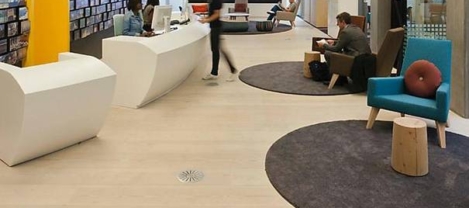
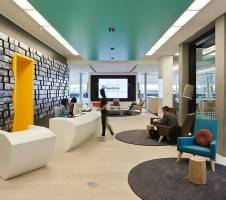

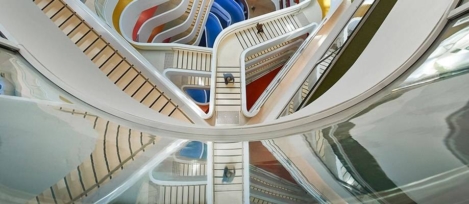
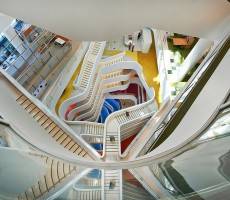
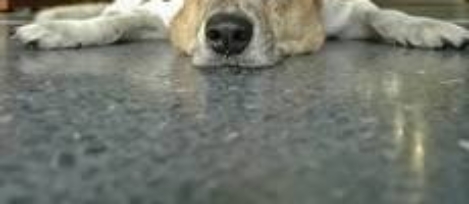
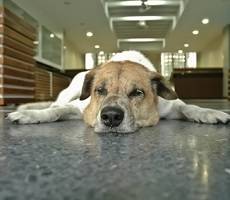
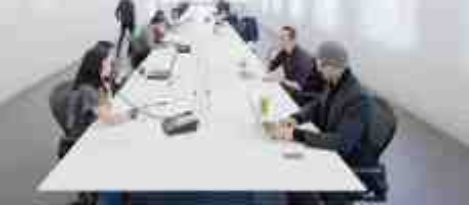
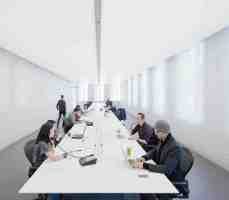
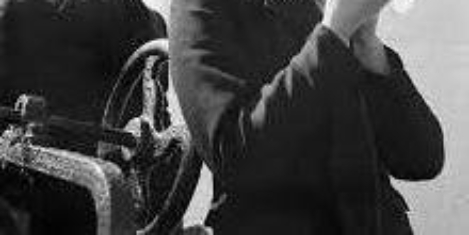


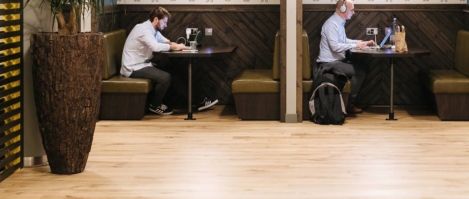
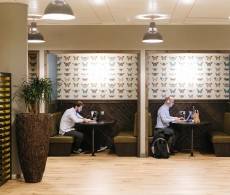











December 15, 2015
Seven essential workplace design trends to keep an eye on during 2016 0
by Dan Callegari • Comment, Facilities management, Workplace design
(more…)